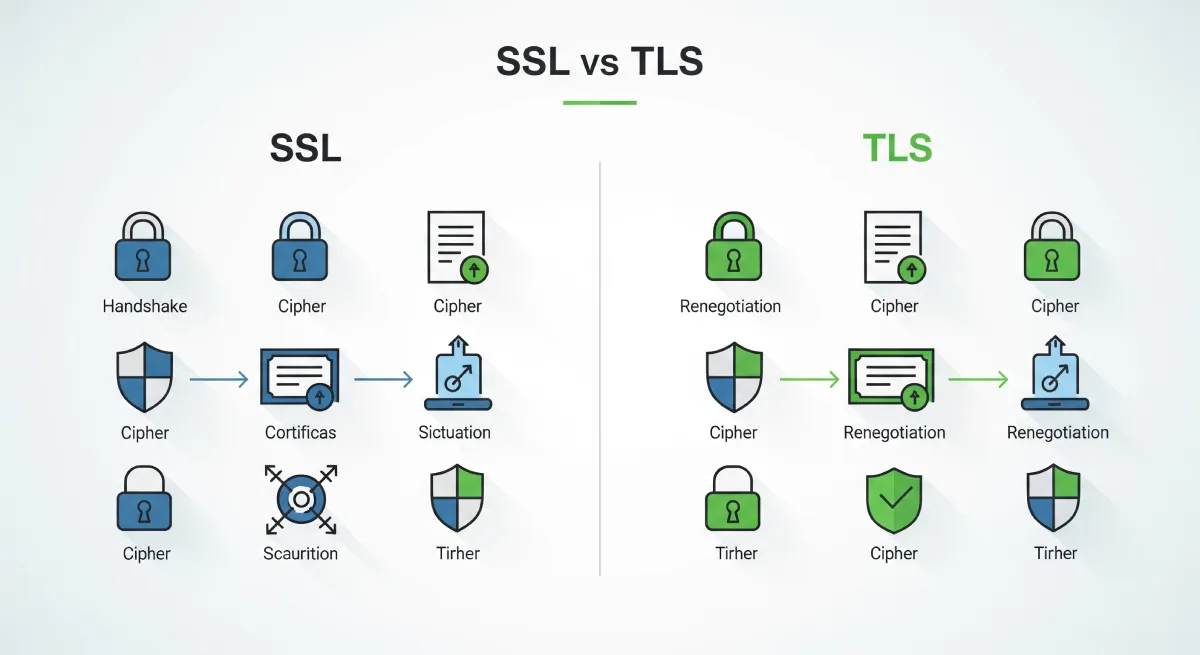4o
Decoding the Basics
Hardwired Control Unit
Hardwired Control Units are the stalwarts of simplicity and speed in the realm of computer architecture. These units are directly implemented using combinational logic circuits, resulting in rapid execution of instructions. The innate efficiency of hardwired control units lies in their predetermined nature, where circuits are explicitly designed for each instruction type.
Micro-Programmed Control Unit
On the other end of the spectrum, we encounter the flexibility and adaptability of Micro-Programmed Control Units. In contrast to their hardwired counterparts, micro-programmed units utilize a sequence of microinstructions stored in memory. This approach allows for greater flexibility in modifying control signals, offering a more adaptable solution for complex instruction sets.
The Battle for Speed and Flexibility
Speed: Hardwired Triumphs
In the quest for speed, hardwired control units emerge victorious. The direct mapping of instructions to circuits eliminates the need for an intermediary, resulting in faster execution times. This efficiency makes hardwired CUs a preferred choice for applications where speed is paramount, such as real-time systems and high-performance computing.
Flexibility: Micro-Programmed Resilience
While micro-programmed control units may lag in speed, they make up for it in flexibility. The ability to alter microinstructions provides a level of adaptability crucial for handling diverse instruction sets. This flexibility makes micro-programmed CUs the preferred choice for systems where the instruction set may undergo frequent modifications.
The Anatomy of Execution
Hardwired Precision
Hardwired control units exhibit precision in their execution, with each instruction having a dedicated circuit path. This predictability results in minimal latency, making them ideal for applications demanding real-time responsiveness.
Micro-Programmed Adaptability
Conversely, micro-programmed control units rely on a stored set of microinstructions. This allows for dynamic alterations to control signals, catering to the demands of applications with evolving instruction sets.
Choosing the Right Control Unit
Applications Demand Choices
Selecting the optimal control unit hinges on the specific requirements of the application. Hardwired control units shine in scenarios demanding rapid and deterministic execution, while micro-programmed units excel in applications where adaptability and ease of modification are paramount.
Key Difference Between Hardwired and Micro-Programmed Control Units
Hardwired Control Unit | Micro-Programmed Control Unit |
|---|---|
| Small instruction set is used | Large instruction set is used |
| No control memory | Use control memory |
| Used in RISC | Used in CISC |
| Difficult to handle complex instructions | Easy to handle complex instructions |
| Speed is fast | Speed is slow |
| More Expensive | Less Expensive |
| Hardware is used to implement control functions | Software is used to implement control functions |
| Difficult to modify | Easy to modify |
| Difficult to perform decoding | Easy to perform decoding |
| Not flexible | More Flexible |
Exploring the FAQs
Q1: Which control unit is better for real-time applications?
Answer: For real-time applications where speed is paramount, hardwired control units take the lead. Their direct circuitry mapping ensures rapid execution, crucial in scenarios where split-second decisions are critical.
Q2: Are micro-programmed control units slower than hardwired units?
Answer: Yes, micro-programmed control units may exhibit slightly slower execution times due to the intermediary step of interpreting microinstructions. However, the trade-off is the flexibility they offer in handling diverse instruction sets.
Q3: Can I switch from hardwired to micro-programmed control units in an existing system?
Answer: Switching control units can be complex and depends on the existing architecture. It’s advisable to consult with a qualified computer architect to assess the feasibility and potential benefits of such a transition.
Q4: Do micro-programmed control units consume more memory?
Answer: While it’s true that micro-programmed units store a sequence of microinstructions in memory, modern memory capacities have mitigated concerns about excessive memory consumption. The benefits of adaptability often outweigh any slight increase in memory usage.
Q5: Which control unit is more energy-efficient?
Answer: Hardwired control units generally consume less energy due to their streamlined and direct execution of instructions. In scenarios where energy efficiency is a prime concern, hardwired units may be the preferable choice.
Q6: Can micro-programmed control units handle complex instruction sets?
Answer: Absolutely. The adaptability of micro-programmed control units makes them well-suited to handle complex instruction sets. They can efficiently manage diverse and evolving sets of instructions.
Conclusion
In the grand tapestry of computer architecture, the choice between hardwired and micro-programmed control units boils down to a delicate balance between speed and flexibility. Each serves as a testament to the intricate dance between precision and adaptability, shaping the very foundation of computing systems.




